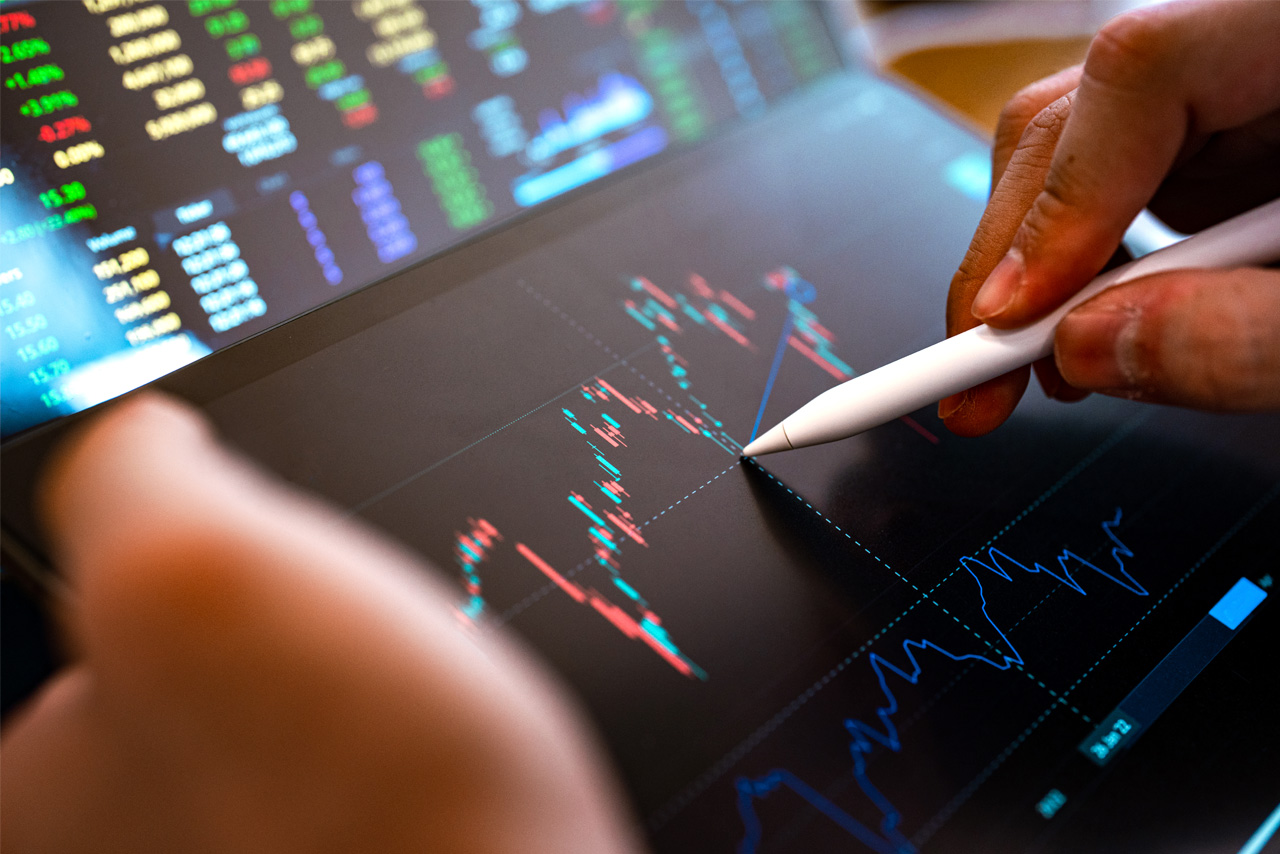The fuel industry is governed by many factors, trends and events that businesses cannot control. A complex market, the constantly evolving fuel sector is punctuated by fluctuating prices. For fuel trading businesses to thrive, it then becomes essential to have access to actionable insights, so that they can adjust their sails accordingly. In this blog we take a look at the current driving factors of volatility in the fuel industry and how to best manage them.

Is the fuel trading market too volatile?
The fuel industry is governed by many factors, trends and events that businesses cannot control. A complex market, the constantly evolving fuel sector is punctuated by fluctuating prices. For fuel trading businesses to thrive, it then becomes essential to have access to actionable insights, so that they can adjust their sails accordingly. In this blog we take a look at the current driving factors of volatility in the fuel industry and how to best manage them.
Why is fuel volatile?
Before we answer this question, here’s a snapshot global current events that are playing out that affect the fuel sector:
- China has experienced an economic rebound thanks to the reopening of borders and ending tough restrictions from the COVID-19 era. China’s GDP grew 4.5% year-on-year in January-March 2023 and is seen as a key to global growth for this year.
- A recession outlook in the US seems likely as analysts keep a watch on the weakening US dollar and increased joblessness claims.
- Russian oil barrels look to re-route as the EU puts embargoes in place. Despite the increasing dislocation in global trade, the rising stock cover has held the Brent crude oil futures in a relatively narrow $80-85/bbl range since the start of the year.5
- U.S. ethane exports averaged 537,000 barrels per day (b/d) in March 2023, an all-time high since the United States began exporting ethane nearly a decade ago.
- At the end of April, India has become Europe’s largest supplier of refined fuels this month while simultaneously buying record amounts of Russian crude, according to data from analytics firm Kpler.
- Asia’s imports of crude oil are on track for a strong rebound in May as the region’s two biggest buyers, China and India, use Russian cargoes. A total of 27.73 million barrels per day (bpd) of crude is expected to be offloaded at their ports.
It’s pretty evident that geopolitics informs the way the energy commodity market behaves. The price of fuel can be influenced by multiple factors such as economic growth, geopolitical conflicts, inventories, local supply and demand conditions, and weather patterns. This means that the complexity and volatility of the crude and refined markets are here to stay and will increase in the coming years. It is important that stakeholders such as refiners, and exploration and production (E&P) companies have real-time, advanced systems in place to mitigate risk, manage physical movements, and optimize decision-making.
Managing volatility with a cloud based ETRM solution
Energy Trading and Risk Mangement (ETRM) platforms have emerged as a way to navigate the volatile nature of the refined fuel market. Energy trading companies use energy trading software to stay abreast of live market data, analyze trends, and identify opportunities to maximize profits. The use of energy trading technology has become increasingly crucial in recent times, given the constantly evolving nature of the market.
Unleashing the power of Eka’s ETRM
Eka’s ETRM Platform is built to serve businesses in Crude Oil and Refined commodities. Its modern architecture enables traders, risk managers, schedulers, and back-office personnel to gain a real-time view of required information from original trade through to end consumer
In conclusion, the refined fuel market remains volatile due to various factors such as crude oil prices, geopolitical unrest, and supply chain disruptions. As the world continues to be dependent on fossil fuels, energy trading companies and energy trading platforms continue to play a crucial role in managing volatility and identifying opportunities for profit. To learn more about this topic, read our latest free eBook.
Sources:
China’s Q1 GDP growth seen rebounding to 4.0%, 2023 rate seen at 5.4%| Reuters
China’s March crude oil imports surge 22.5% from year earlier | Reuters
Dollar weakens as soft data backs US recession outlook | Reuters
This Week in Petroleum – U.S. Energy Information Administration (EIA)
India is now Europe’s largest supplier of refined fuels | Times of India
Asia’s crude imports jump in May as China, India suck up Russian oil | Reuters
Other resources

Managing the impact of volatility in fuel trade
Can fuel trading businesses keep pace with the current market dynamics? The short answer is, yes. By improving their insight into risk exposure, businesses can understand potential risks and opportunities better.

Petroleum derivatives and biofuels major streamlines fuel trading and risk operations with Eka’s cloud driven ETRM solution
The customer is a petroleum derivatives and biofuels magnate from Brazil with more than 8,000 gas stations across the country.

Can fuel trading businesses keep pace with the current market dynamics? The short answer is, yes. By improving their insight into risk exposure, businesses can understand potential risks and opportunities better.

The customer is a petroleum derivatives and biofuels magnate from Brazil with more than 8,000 gas stations across the country.